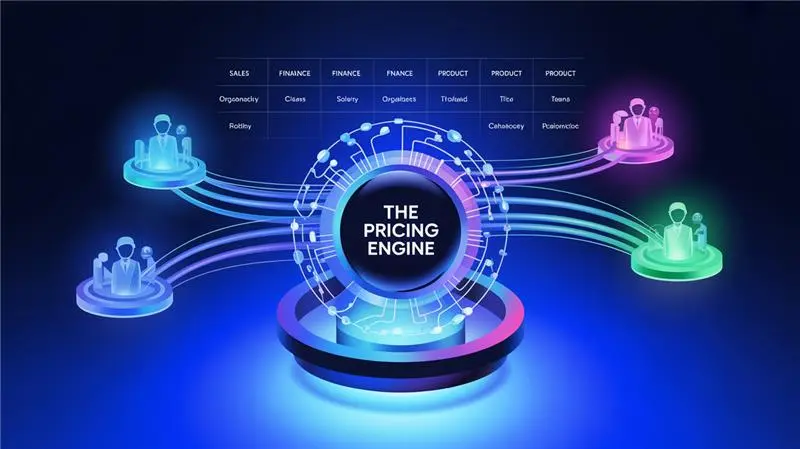
Static pricing is dead. Markets shift daily, and customers compare prices in seconds. The question isn’t whether to adjust prices, it’s how fast and how accurately you can do it. That’s where AI-driven pricing becomes a strategic advantage.
Understanding the Core: What AI Pricing Really Does
AI pricing isn’t just automation. It’s intelligence applied to dynamic pricing decisions. By analysing demand signals, competitor movements, inventory levels, and customer behaviour, AI models can recommend or automatically set optimal prices that reflect real-time market demand.
Think of it as a system that continuously learns and rebalances prices to meet two goals simultaneously: maximising profit margins and maintaining competitiveness.
Step 1: Capture Real Market Demand Signals
Aligning with demand starts with visibility. AI pricing tools collect and interpret:
- Sales velocity and order line data – showing which products move fastest at what prices.
- Competitive data – scraping and benchmarking live competitor prices.
- Elasticity patterns – learning how sensitive customers are to price changes per product category.
- External data – such as seasonal trends or macroeconomic shifts affecting buying behaviour.
These signals feed the model to uncover where demand is growing, stabilising, or declining.
Step 2: Model Price Elasticity with AI
AI algorithms identify non-linear demand relationships that traditional spreadsheets miss. Instead of assuming “higher price = lower demand,” machine learning models analyse thousands of historical data points to calculate price elasticity per product or segment.
This enables differentiated strategies, such as:
- Raising prices where demand is inelastic.
- Testing controlled discounts in high-elasticity categories.
- Optimising bundles or cross-sell offers based on purchase patterns.
It’s not guesswork, it’s evidence-based pricing.
Step 3: Automate and Monitor Adjustments in Real Time
Once the AI understands your demand curves, you can automate price adjustments across your product portfolio. This doesn’t mean losing control. Instead, you can:
- Set rules and boundaries (e.g., never drop below margin thresholds).
- Automate frequent low-risk updates (e.g., daily price refreshes on fast-moving products).
- Review strategic changes manually (e.g., premium segment repositioning).
The real benefit? You react faster than competitors while maintaining pricing discipline.
Step 4: Align Teams Around Data, Not Opinions
AI pricing aligns more than prices; it aligns teams.
- Sales sees transparent logic behind discounts.
- Finance trusts that margin goals are protected.
- Product and marketing use data to time promotions or new launches.
This creates a shared understanding: prices aren’t arbitrary, they’re driven by market reality.
Step 5: Learn Continuously
The best AI pricing systems don’t “set and forget.” They constantly learn. As new data flows in, the model refines its accuracy, spotting changing demand patterns, competitive gaps, or customer reactions before humans do.
Over time, this creates a self-improving pricing ecosystem, where every transaction enhances your future decisions.
Do you want a free demo to try how SYMSON can help your business with margin improvement or pricing management? Do you want to learn more? Schedule a call with a consultant and book a 20 minute brainstorm session!




















.png)











